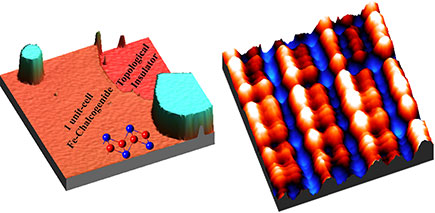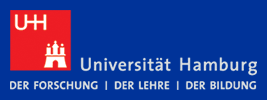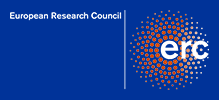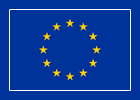Pressemitteilung
Interfacial Superconductivity
The discovery of high-temperature superconductivity in iron based compounds initiated numerous studies on the relationship between magnetic and superconducting order by various experimental and theoretical methods. Moreover, the unusual enhancement of the superconducting transition temperature by interface effects, as reported a few years ago for the case of ultrathin FeSe films grown on SrTiO3 substrates, created additional excitement in the scientific community. Interestingly, in contrast to FeSe, the related compound FeTe does not exhibit a superconducting phase, but shows antiferromagnetic ordering up to a critical temperature of about 70 K. Therefore, it is even more remarkable that ultrathin FeTe films grown on non-superconducting Bi2Te3 substrates show clear signs of superconductivity. The coupling of a superconductor to a topological insulator such as Bi2Te3, as realized in the experiments by the Hamburg group, is not only interesting from a fundamental research point of view: It has been theoretically predicted that such hybrids can host Majorana Fermions in the center of superconducting vortex cores formed upon the application of an external magnetic field. Majorana Fermions are currently widely explored in different research disciplines as a new platform for fault-tolerant quantum computation. The fascinating results obtained for FeTe/Bi2Te3 heterostructures can therefore be regarded as an important step towards the experimental realization of such dreams. Further Information:Prof. Dr. Roland Wiesendanger |
Figure: (left) Scanning tunneling microscopy (STM) image (perspective view) of a heterostructure interface consisting of two non-superconducting materials, namely a topological insulator as substrate and an ultrathin film of iron-telluride grown on top. The unit-cell high layer of FeTe exhibits simultaneously bi-collinear antiferromagnetic order as revealed by spin-resolved STM (right) and superconducting properties at the same location as measured by the spectroscopic STM mode (bottom).
Primary research funding:We are particularly grateful for research funding by the European Research Council in the framework of the ERC Advanced Grant ASTONISH.
Original publication:Interfacial superconductivity in a bi-collinear anti-ferromagnetically ordered FeTe monolayer on a topological insulator,
Further related work in the recent literature:Reorientation of the diagonal double-stripe spin structure at Fe1+yTe bulk and thin film surfaces, |
|



